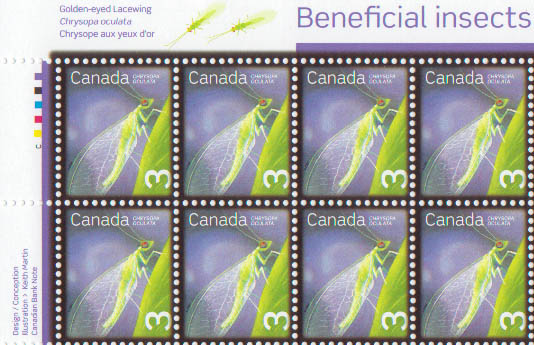In “Silent Spring”, Rachel Carson gave society a warning about the dangers of organochlorine insecticides such as DDT or dieldrin: “These sprays, dusts, and aerosols are now applied almost universally to farms, gardens, forests, and homes - non-selective chemicals that have the power to kill every insect, the "good" and the "bad", to still the song of birds and the leaping of fish in the streams, to coat the leaves with a deadly film, and to linger on in soil - all this, though the intended target may be only a few weeds or insects. Can anyone believe it is possible to lay down such a barrage of poisons on the surface of the earth without making it unfit for all life?.” The situation is not much different today. Wild pollinators and honeybees alike have been facing an increasingly toxic landscape since the introduction and rapid uptake of neonicotinoids in the late 1990s. Mining data from USDA, EPA, industry and California's pesticide use reporting system (the only one of it's kind), here's a snapshot of what bees are facing in the field:
- Over 2 million pounds of clothianidin, imidacloprid and thiamexotham (three neonicotinoids) are used in an average year.
- At least 143 million of our 442 million acres of cropland is planted with crops treated with one of three neonicotinoids: clothianidin, imidacloprid and/or thiamexotham.
- 83+ million of these acres are corn, upon which honeybees rely for core nutrition (corn is wind pollinated, it doesn't need bees for pollination, but its sheer abundance of pollen makes it a staple source of bee forage).
In addition to being prevalent, neonicotinoids are long-lasting, systemic pesticides. So any problems caused by their widespread use are compounded by the fact that they are accumulating, year on year, in the soil. They are also present in every part of a treated plant because, being "systemic," they are often taken up at the root and expressed throughout the vascular system of a plant in pollen, nectar and guttation droplets (think plant sweat).
So, to recap: these pesticides are prevalent, persistent, and more scientists confirm everyday that they are making bees sick (or dead) through a number of different mechanisms and routes of exposure.
The sad truth? Beekeepers have been sounding this alarm from the ground for years.
Sources:
Heather Pilatic in The Huffington Post, 29 March 2012
http://www.huffingtonpost.com/heather-pilatic/bees-pesticides-studies_b…
Henk Tennekes: "A Disaster in the Making", November 2010
http://www.buzzaboutbees.net/henk-tennekes.html

- Log in to post comments
